As a professional fitness coach with over 20 years of experience in designing workout spaces and guiding fitness enthusiasts, I’ve seen firsthand how gym ceiling height can impact both safety and overall workout quality. Whether you’re planning a small home gym in a cellar or developing a fully equipped commercial gymnasium, understanding the recommended height for gym activities is a crucial first step. This article will delve into the ideal gymnasium ceiling height, why it matters, and how you can adapt a lower ceiling space to your fitness needs.
Why Gym Ceiling Height Matters
-
Safety and Head Clearance
A low height of gymnasium can lead to bumped heads and restricted movement. Exercises involving overhead presses, pull-ups, or even step-ups and indoor running can be severely limited if your ceiling doesn’t provide enough headroom. -
Ventilation and Air Quality
The taller the gym ceiling height, the more air can circulate, which helps keep the workout area cool and fresh. Poor ventilation can make exercise sessions uncomfortable, and in very tight spaces, musty odors can develop, especially in basements or cellars. -
Equipment Fit and Function
Larger exercise equipment such as treadmills, elliptical machines, rowers, and multi-gyms require enough vertical clearance for safe usage. If your gymnasium height is insufficient, you might not be able to comfortably mount the equipment or perform your movements without risking collision with the ceiling.
Typical Minimum Height Requirements
Commercial Gymnasiums
-
Recommended Height: 12–14 feet (3.66–4.27 m)
In a professional or public gymnasium, high ceilings accommodate everything from basketball games to climbing walls and heavy-duty gym equipment. While a full height of gymnasium may vary based on local regulations, anything under 12 feet generally starts to feel restrictive for a commercial setting.
Home Gyms
-
Ideal Height: At least 8 feet (2.44 m)
An 8-foot ceiling often allows for most traditional home fitness activities, including some overhead exercises, pull-ups with the right equipment, and use of treadmills or exercise bikes. However, many people can still manage with a 7-foot (2.13 m) or even a 6.5-foot (2 m) ceiling if they choose space-efficient equipment and adjust their workouts accordingly.
What If You Only Have a 2m (6’6”) Ceiling?
In the scenario where your home gym space is limited to around 2 meters (6’6”)—for example, in a cellar or basement—you can still train effectively, but you’ll need to be strategic:
-
Choose Seated or Low-Profile Equipment
-
Multigym or Functional Trainer: Opt for machines designed to fit low ceilings. Some multi-gyms have a compact design that allows you to perform chest presses, rows, leg exercises, and even seated overhead presses without much clearance needed.
-
Stationary Bike or Rowing Machine: These are great for cardio in tight spaces because you’re seated and won’t be bouncing up and down.
-
-
Focus on Seated or Kneeling Movements
Exercises like seated overhead presses, kneeling landmine presses, or resistance band work are all feasible. Standing overhead lifts might be out of the question, but you can recreate them by sitting on an adjustable bench or stability ball, which brings your total height lower. -
Mind Your Head—Literally
Treadmills may be tricky if you’re close to the ceiling, especially if you plan to run. Standing on a treadmill deck can add 6–8 inches (15–20 cm) to your effective height, so be cautious to avoid “rushing your head” into the ceiling. -
Optimize the Space
-
Mirrors: Adding mirrors can help the area feel more open.
-
Ventilation: Ensure there’s adequate airflow, especially in a cellar. A small fan or dehumidifier can manage moisture levels.
-
Lighting: Proper lighting can reduce the claustrophobic feel of a low ceiling, making workouts more comfortable.
-
Making the Best of a Low-Ceiling Gym
Despite any ceiling limitations, your fitness journey doesn’t have to suffer. Many strength-building and cardio exercises do not require jumping or overhead movements. Yoga, Pilates, and core exercises, for example, can be performed easily in lower-ceiling spaces. When you plan your gym ceiling height around your workout style and equipment needs, you’ll create a functional space that suits your goals.
Conclusion
The height of a gymnasium or home workout space is a critical factor in ensuring comfort, safety, and efficiency. While commercial gyms typically aim for a gymnasium ceiling height of at least 12–14 feet, a home setup can be perfectly functional with 8 feet—or even as low as 2 meters if you choose the right exercises and equipment.
If you’re considering a cellar or basement with a 6’6” ceiling, take a moment to assess your fitness goals:
-
Are you comfortable focusing on seated, kneeling, or lower-impact workouts?
-
Will the selected equipment fit within the height for gym activities you plan to do?
-
Can you manage ventilation and lighting to keep the space welcoming?
By addressing these questions, you’ll be able to turn even a small, low-ceiling room into a productive fitness hub without constantly worrying about banging your head. Ultimately, it’s about aligning the gymnasium height with your exercise preferences and making the most of the space you have.



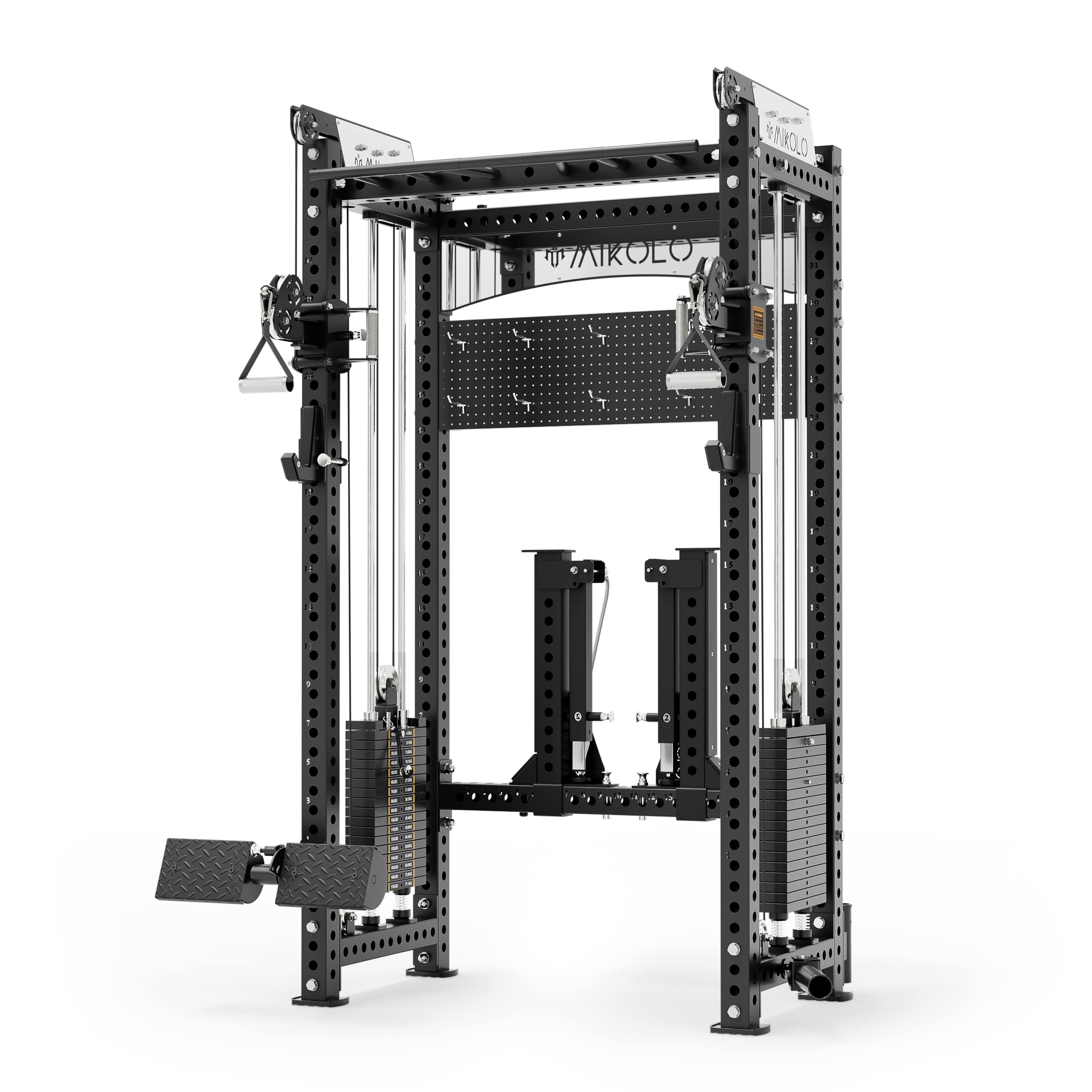

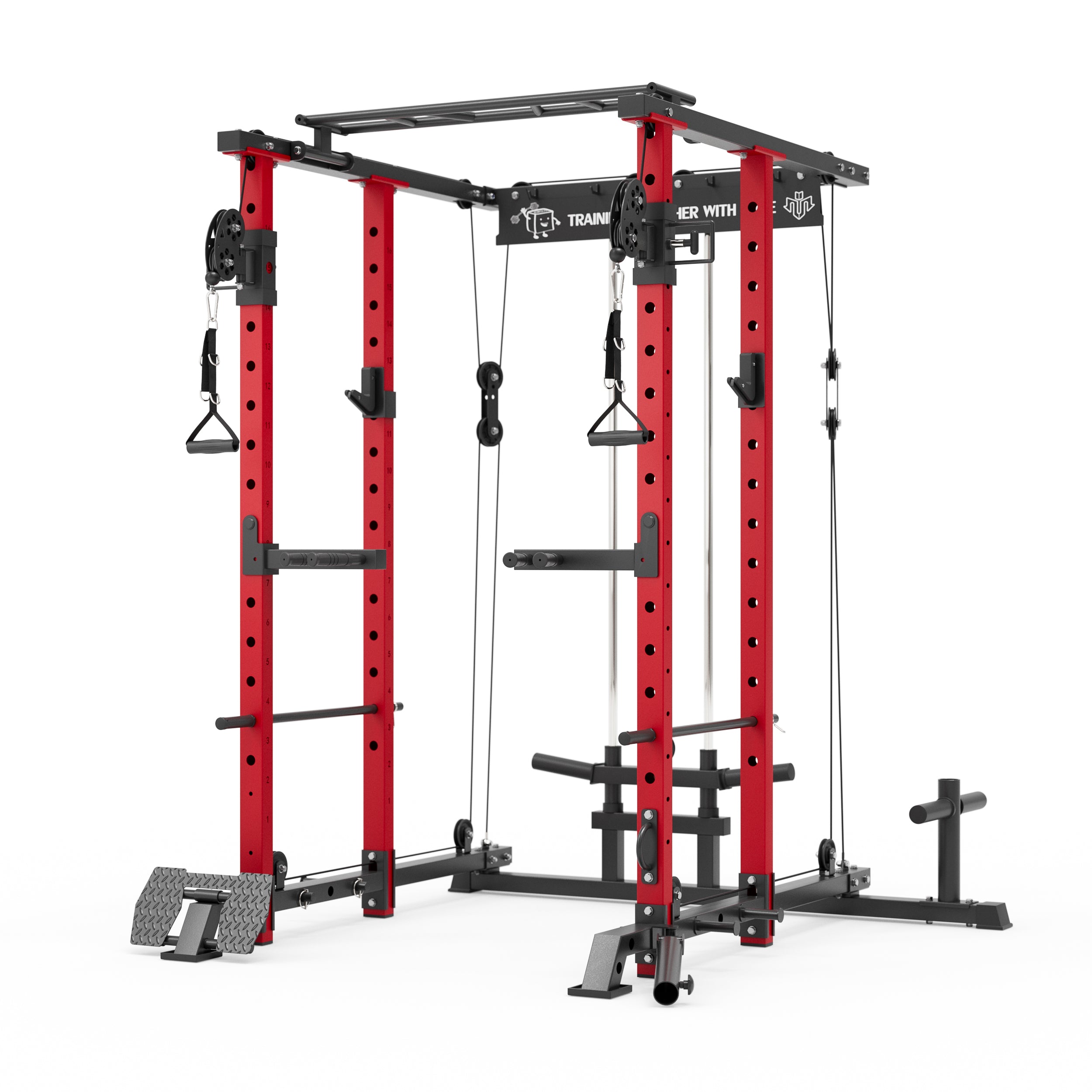



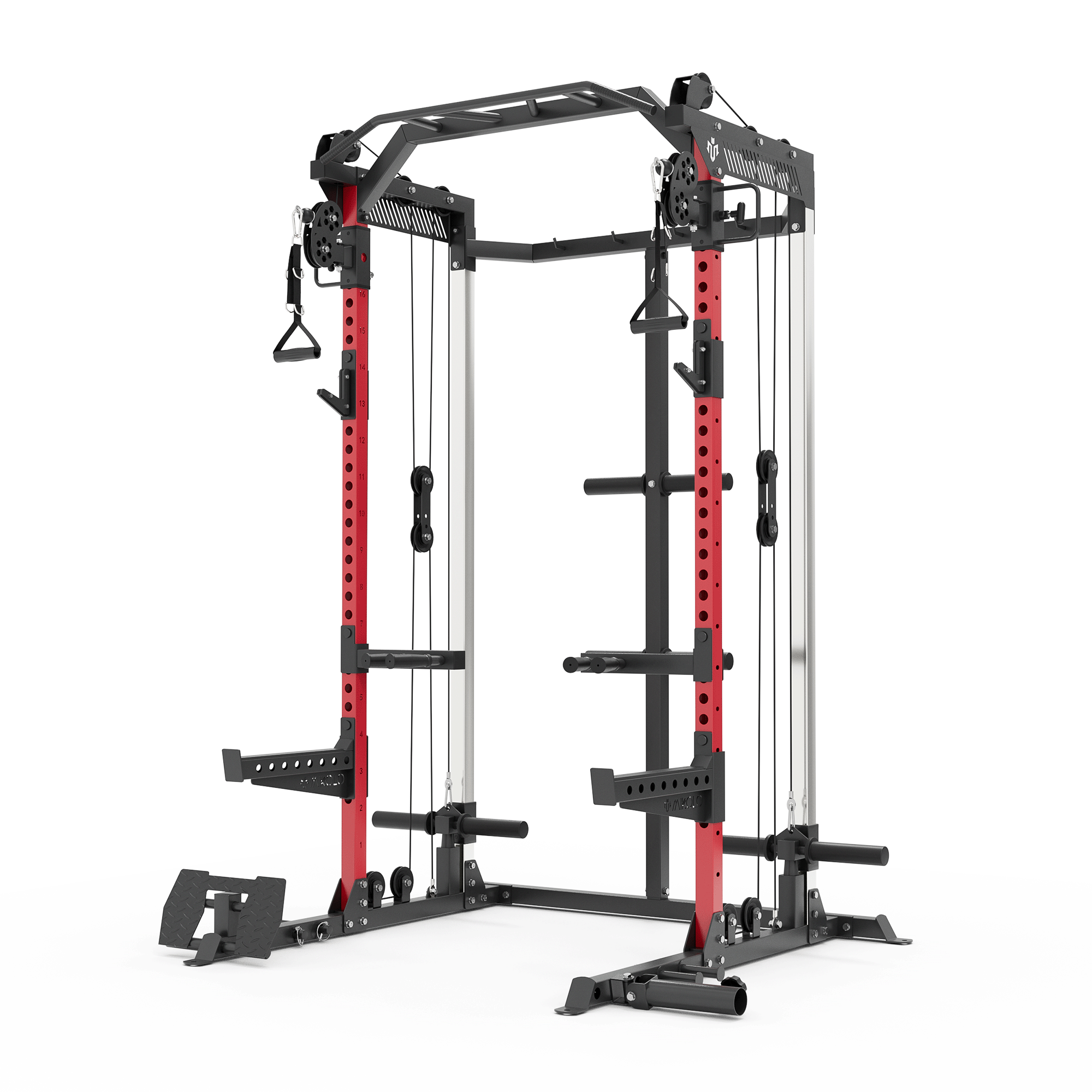
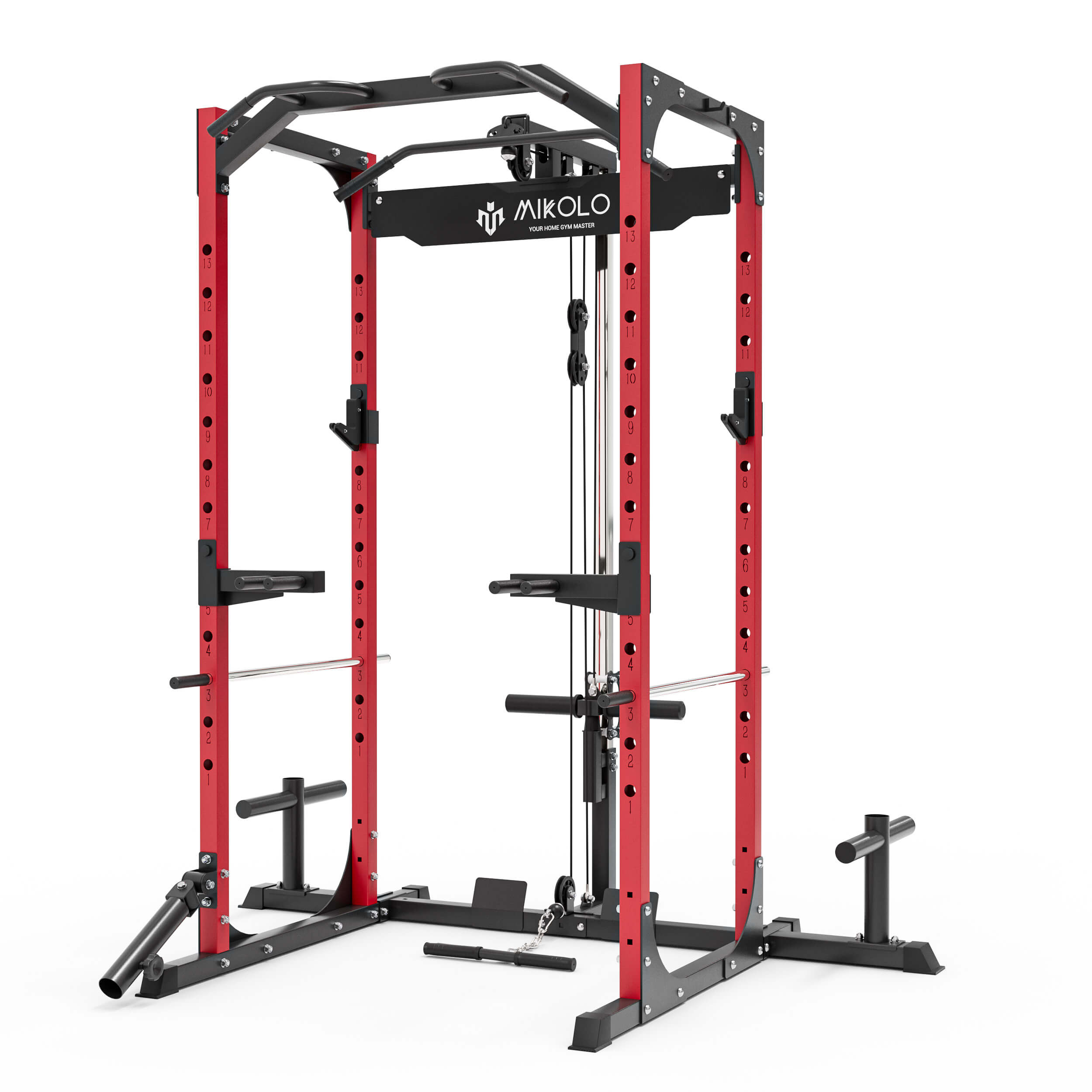




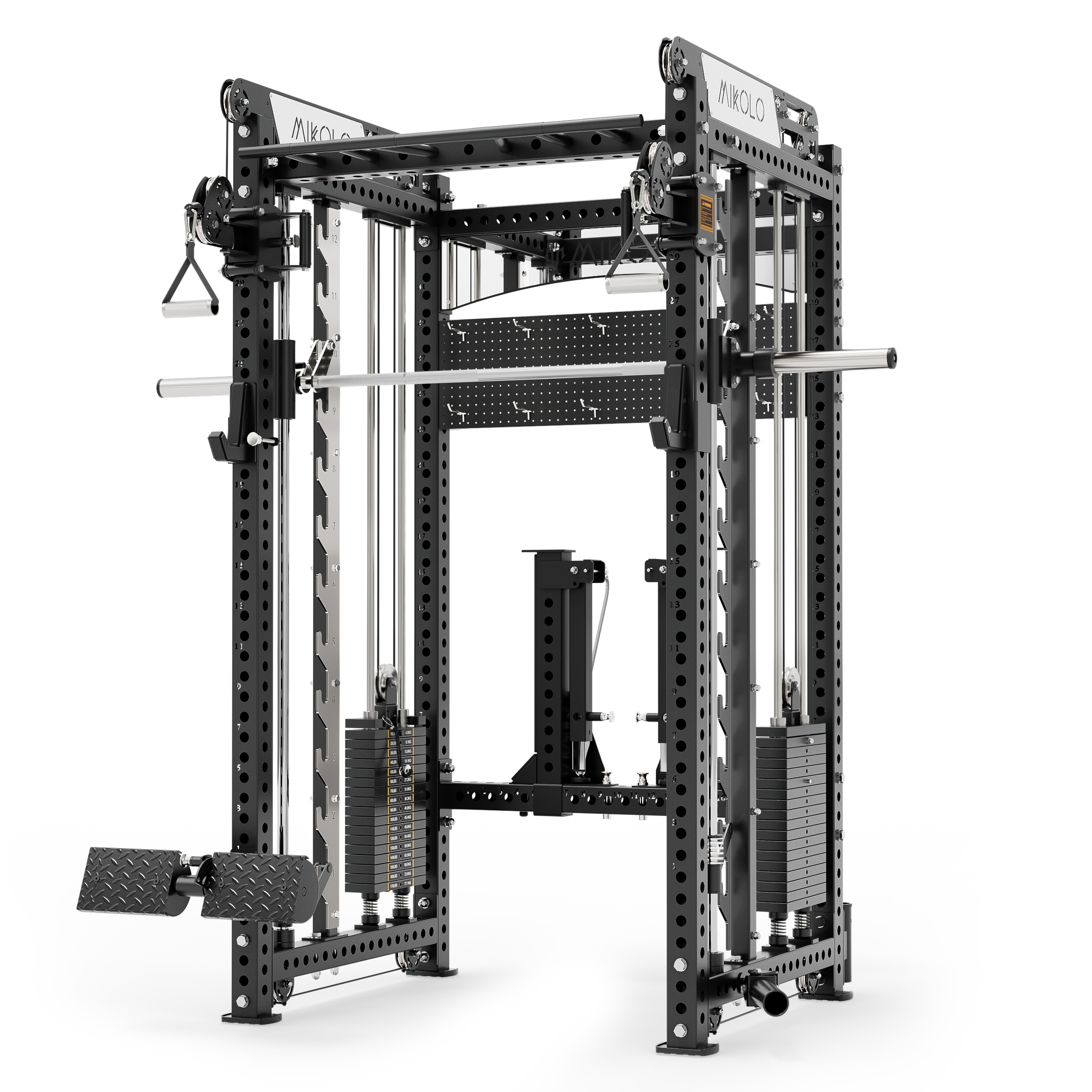

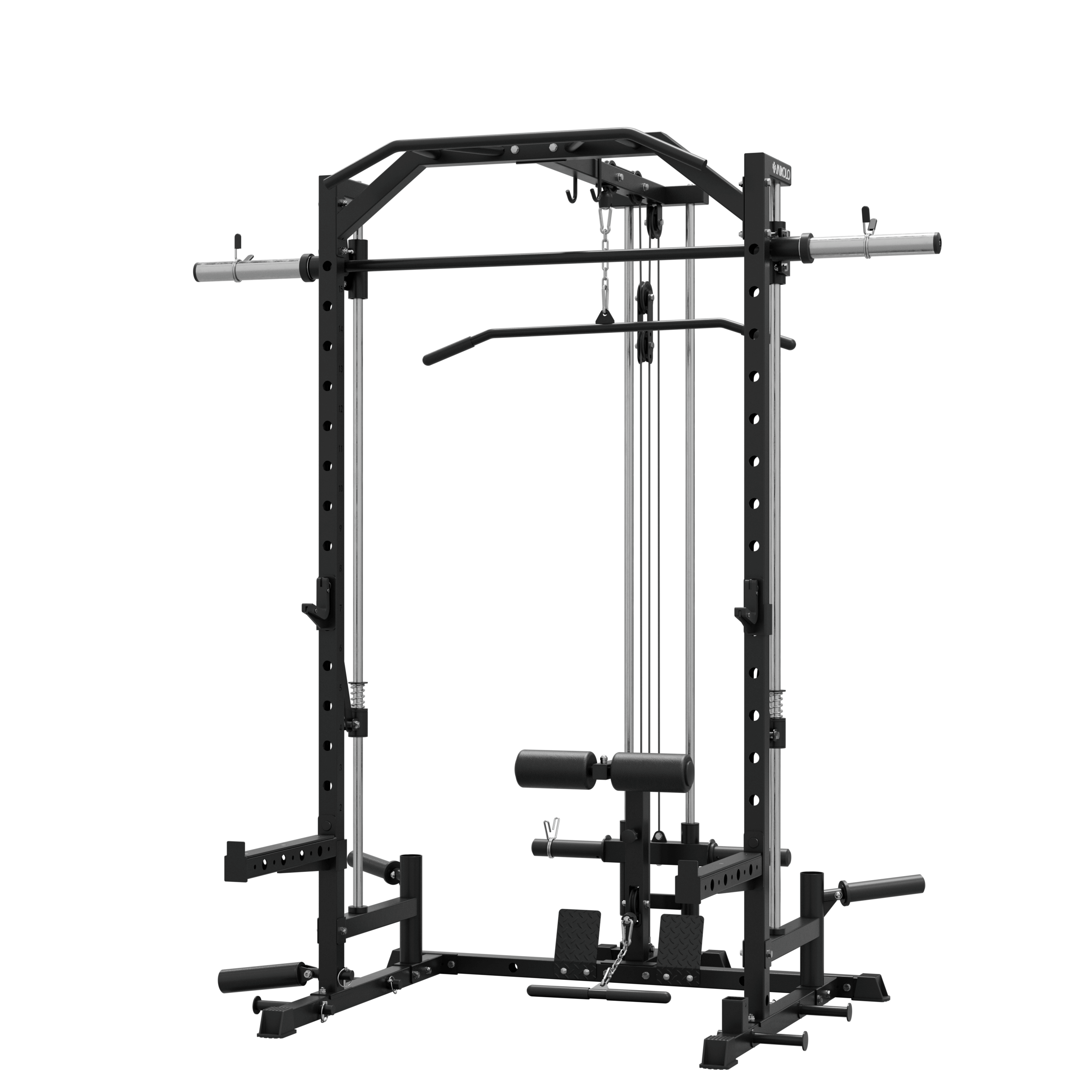
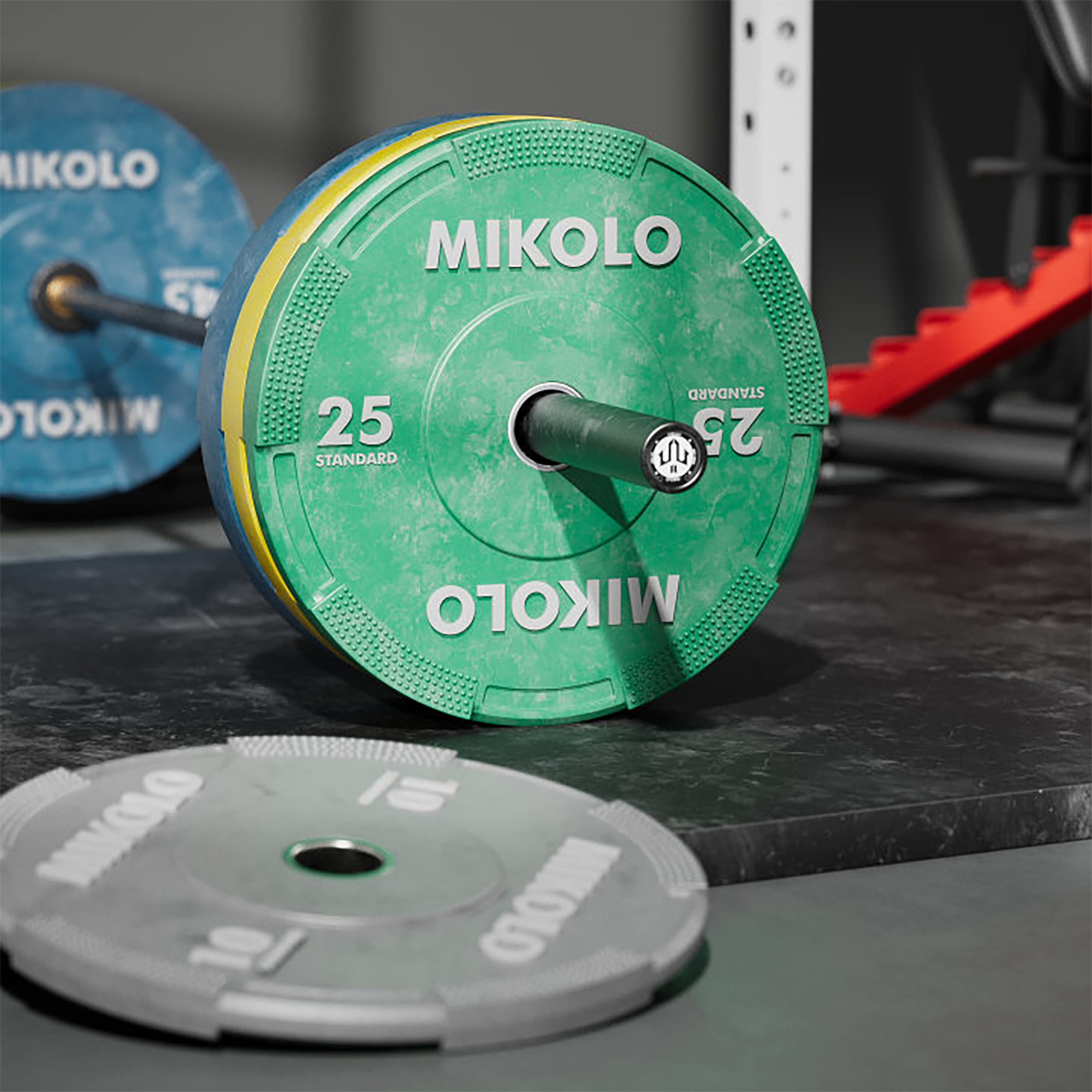
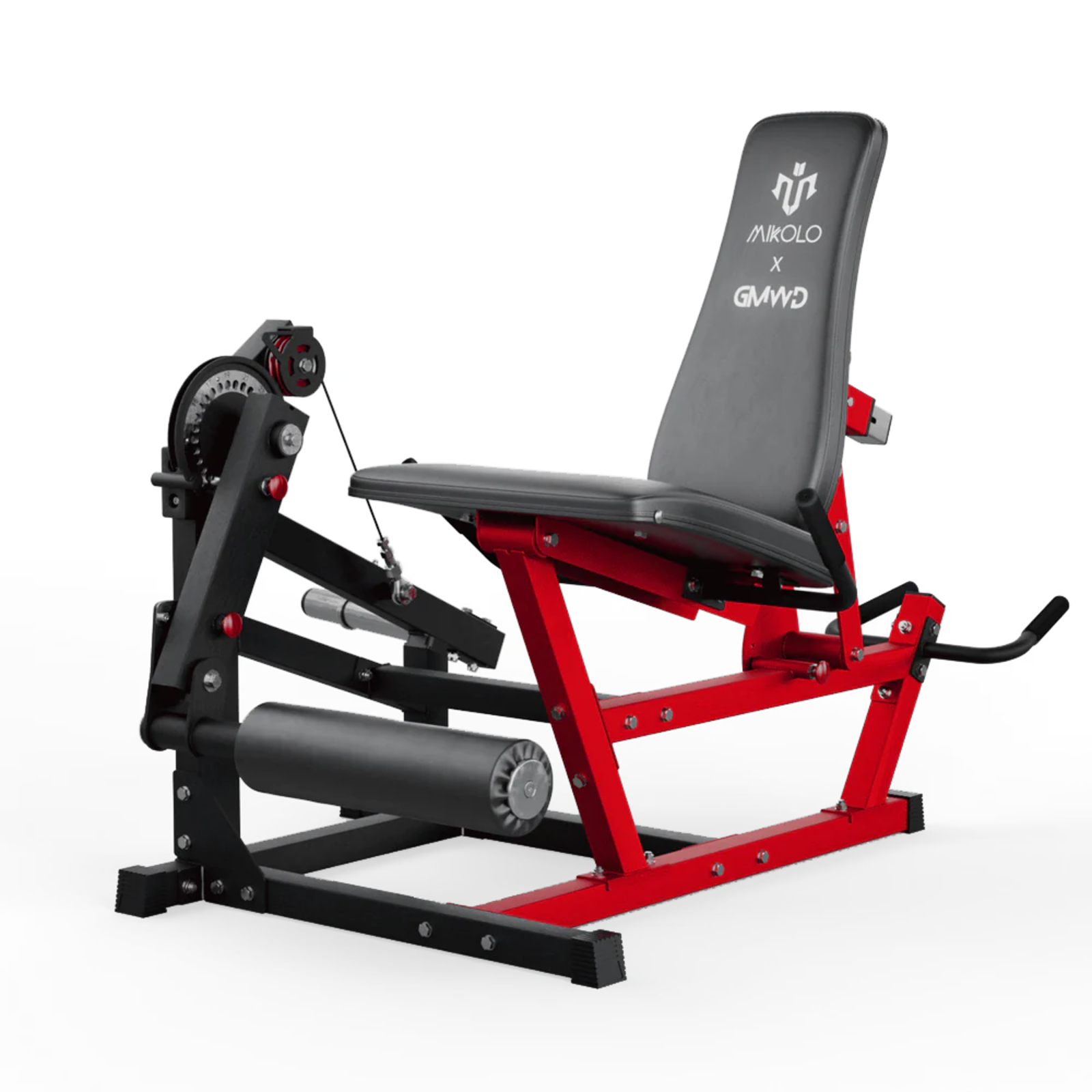

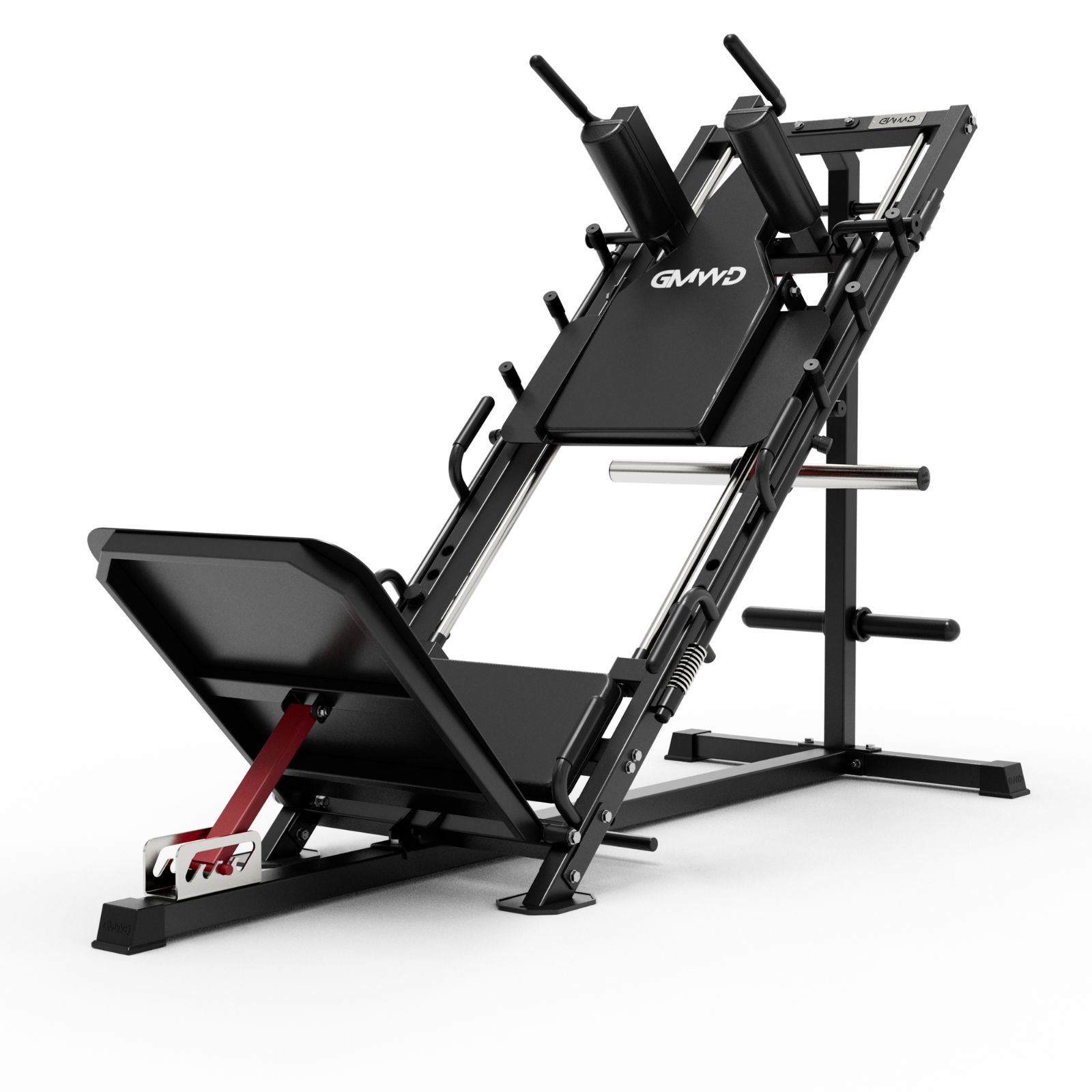


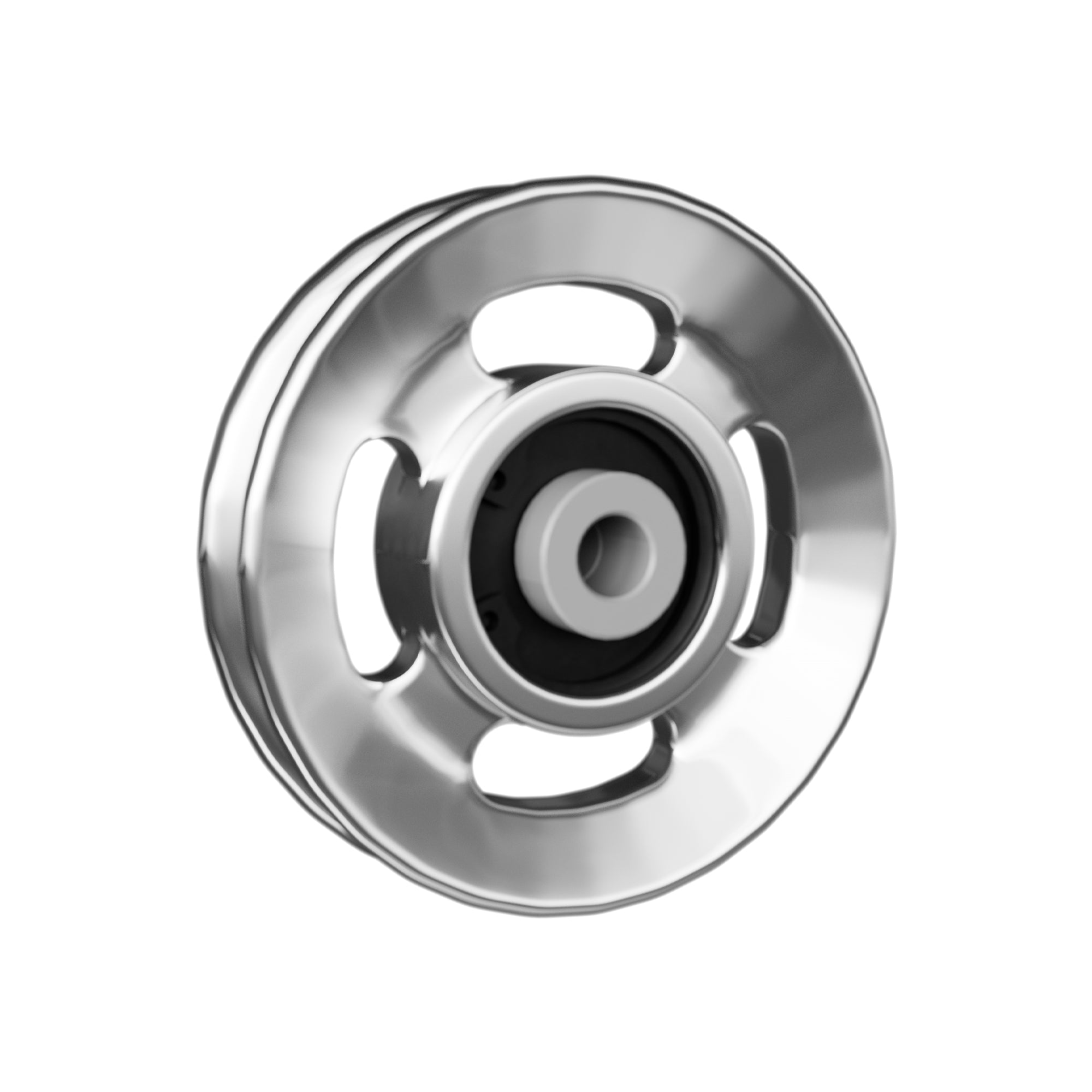
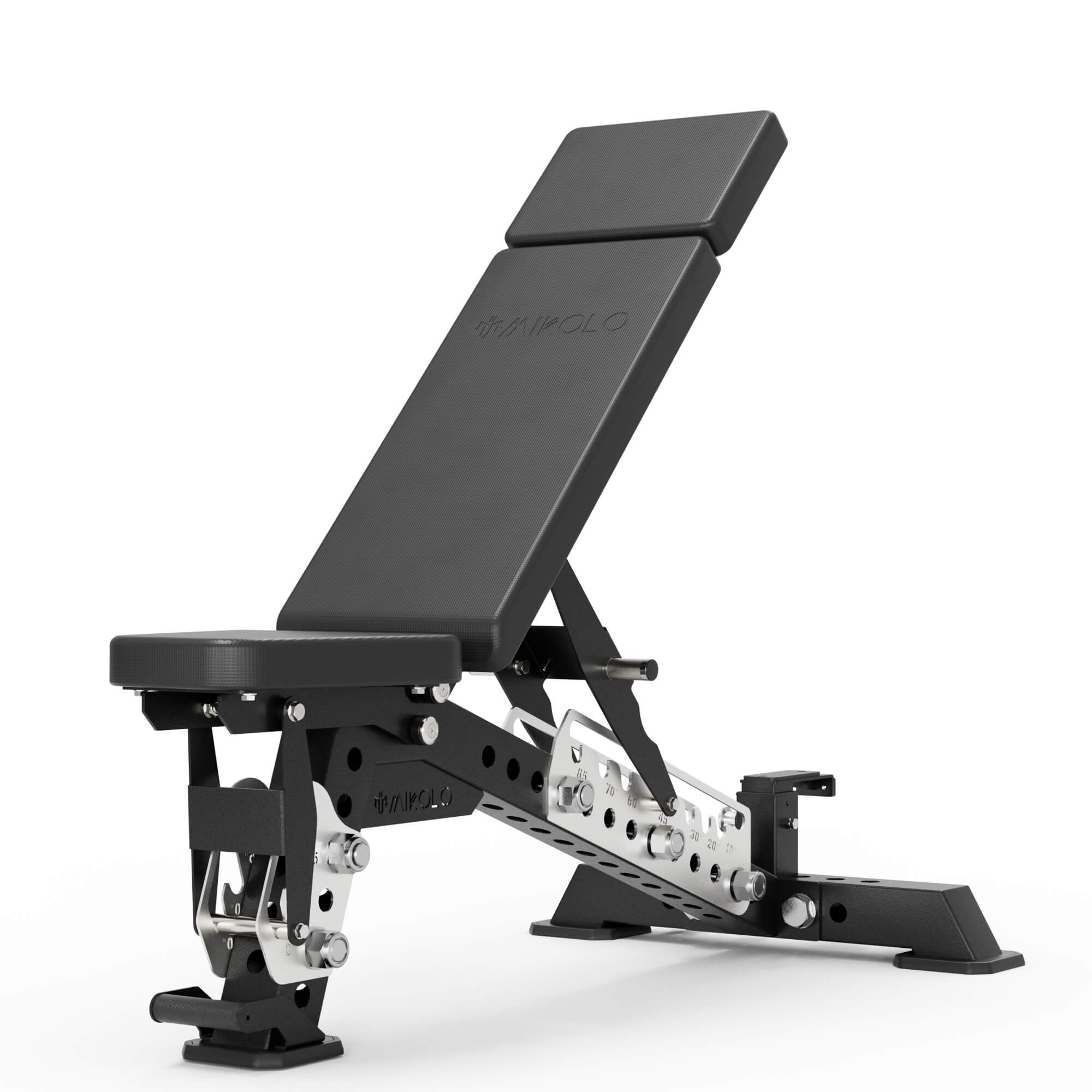
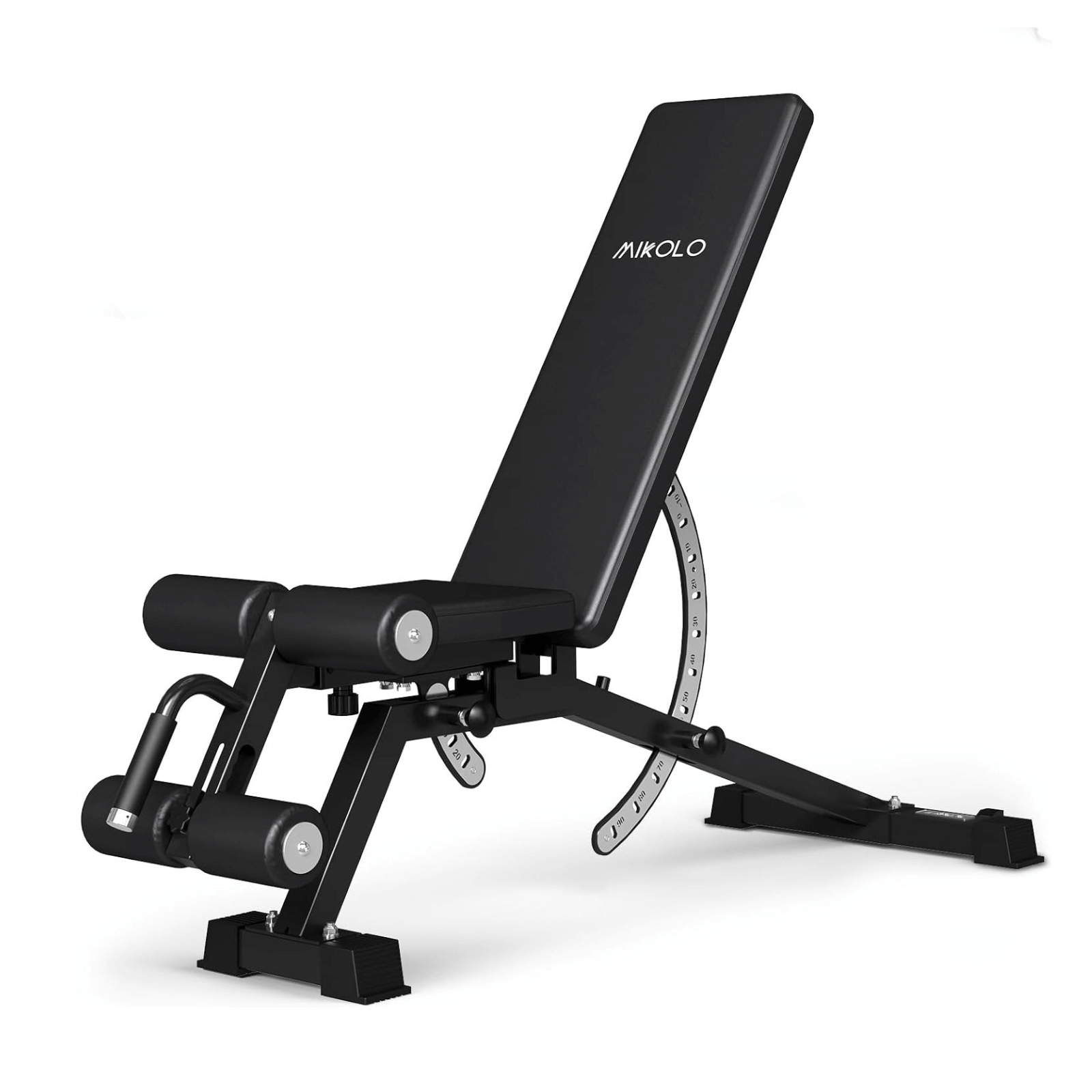

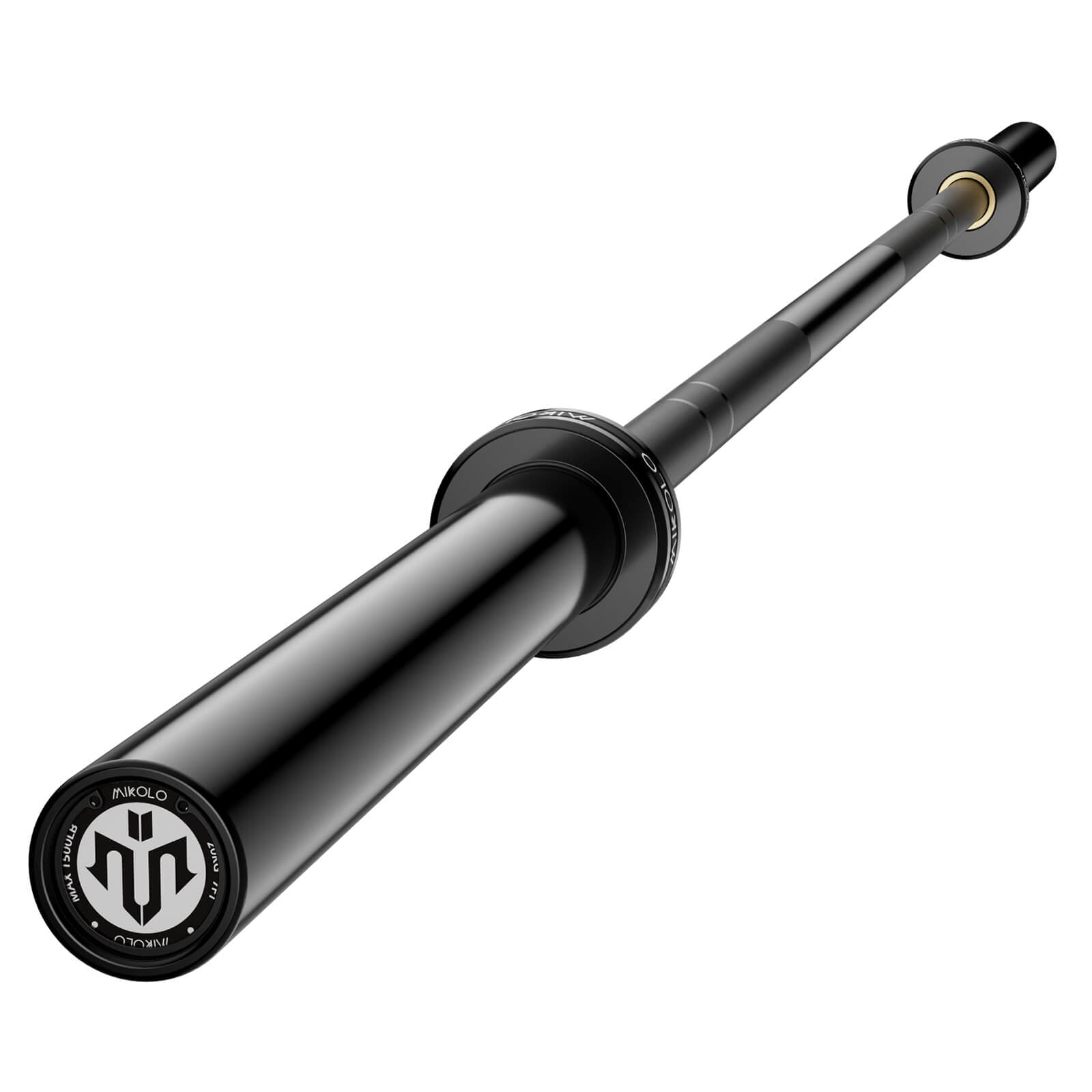
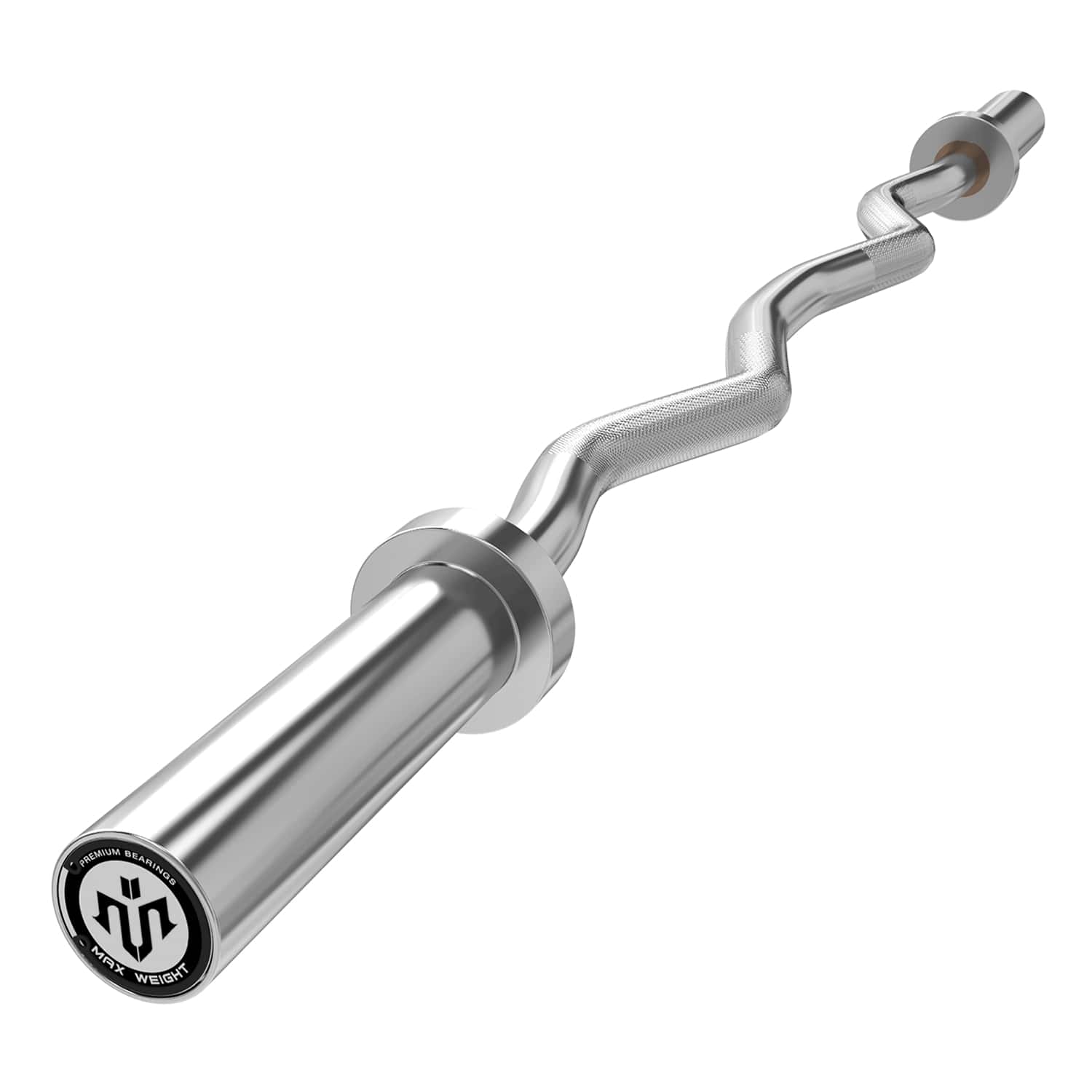
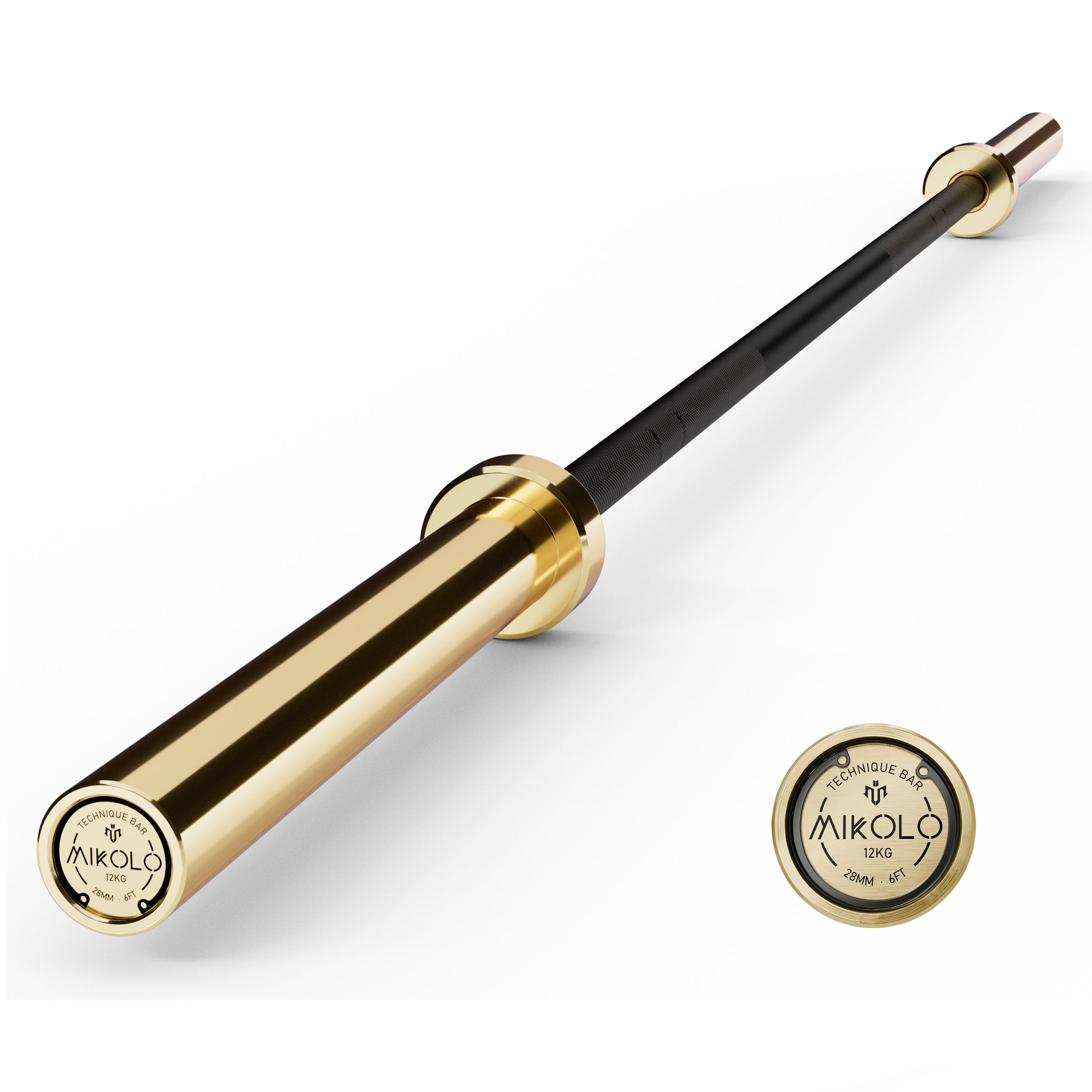
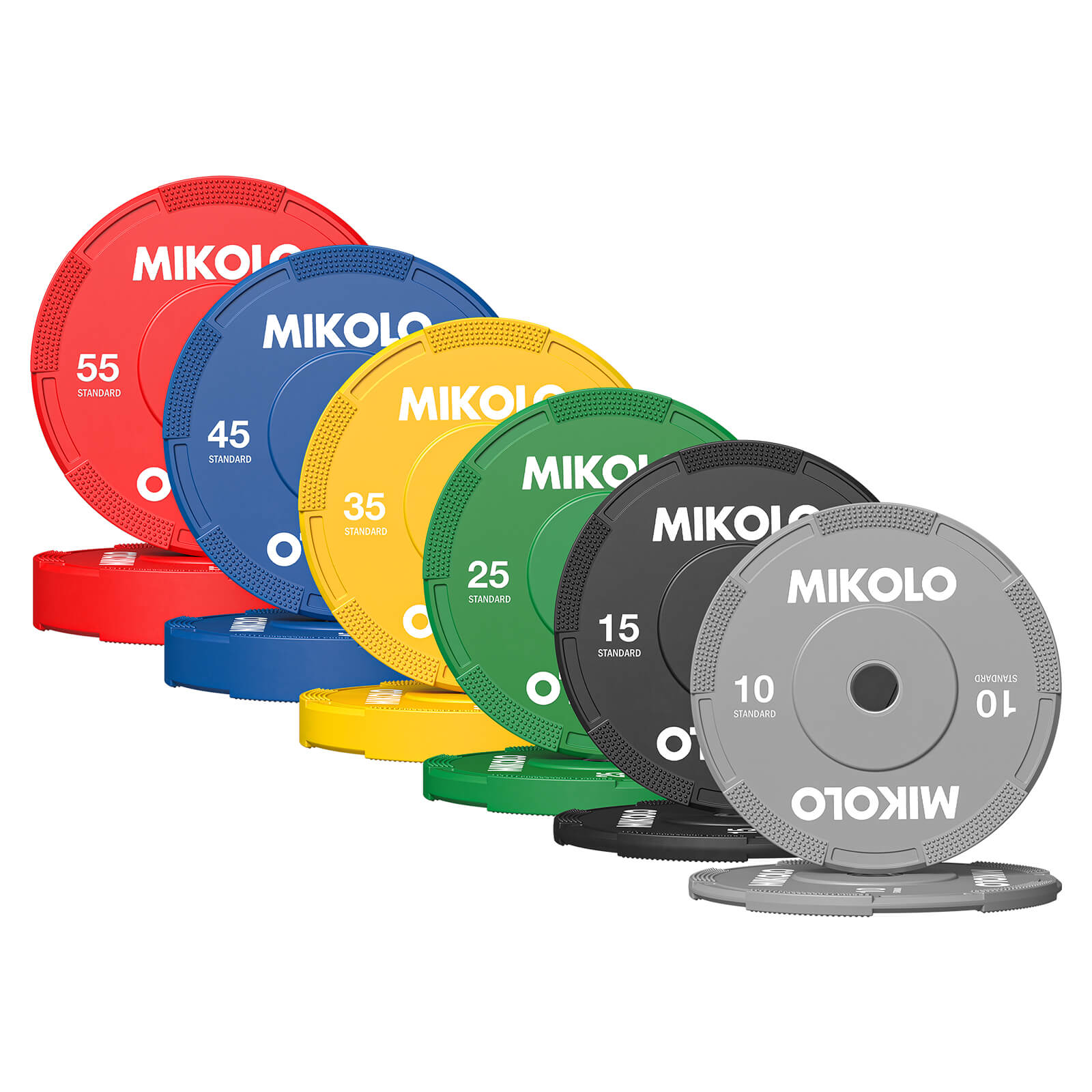
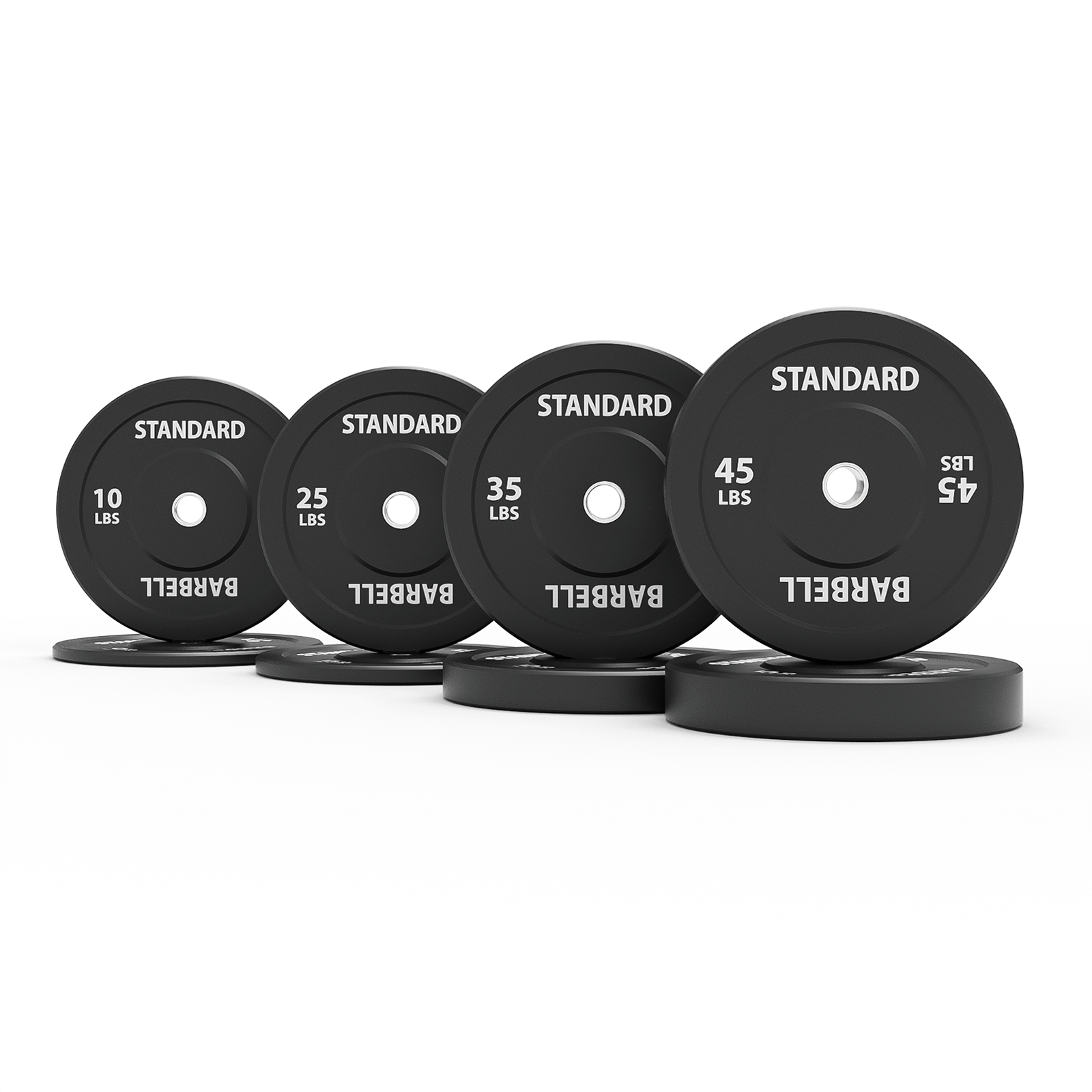
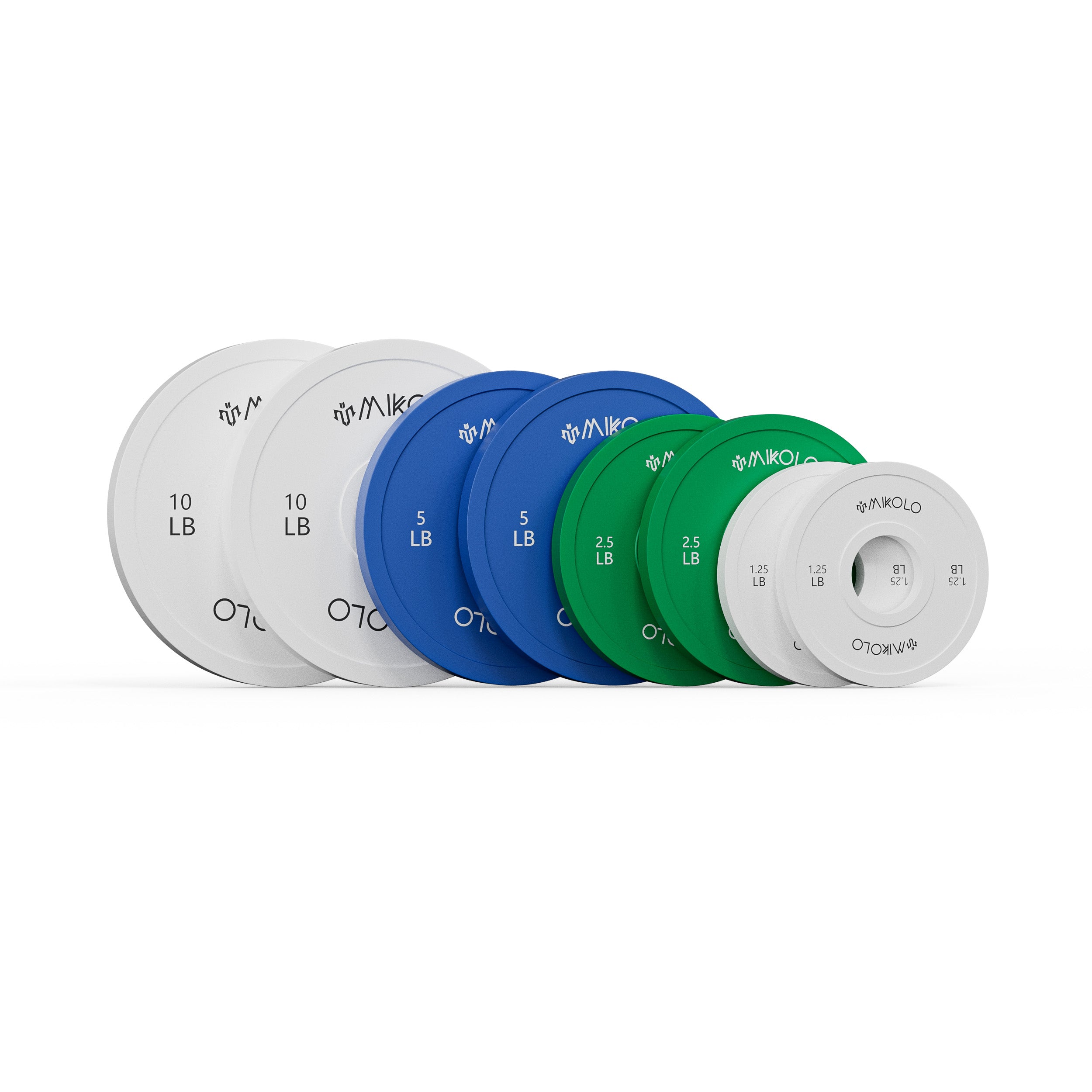


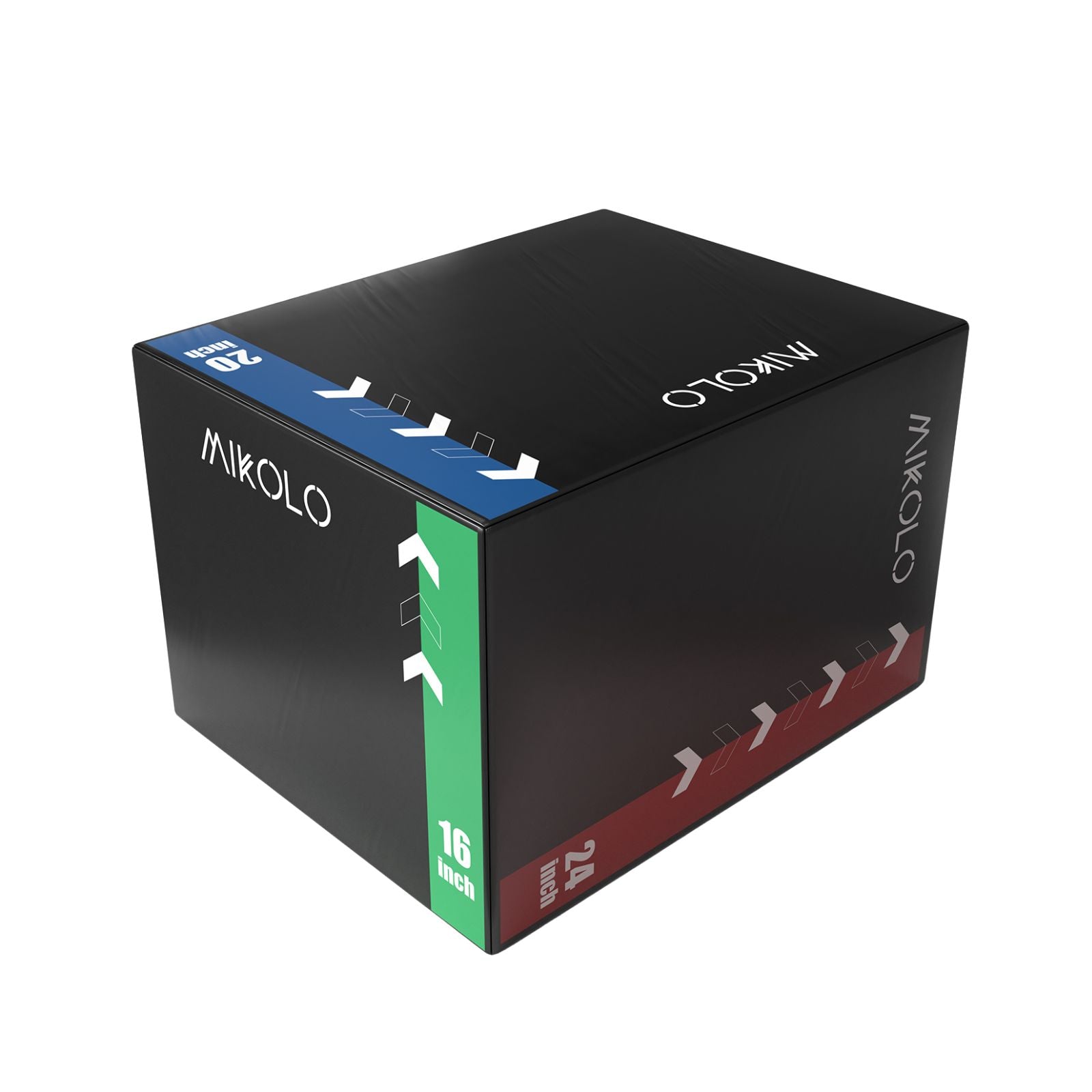
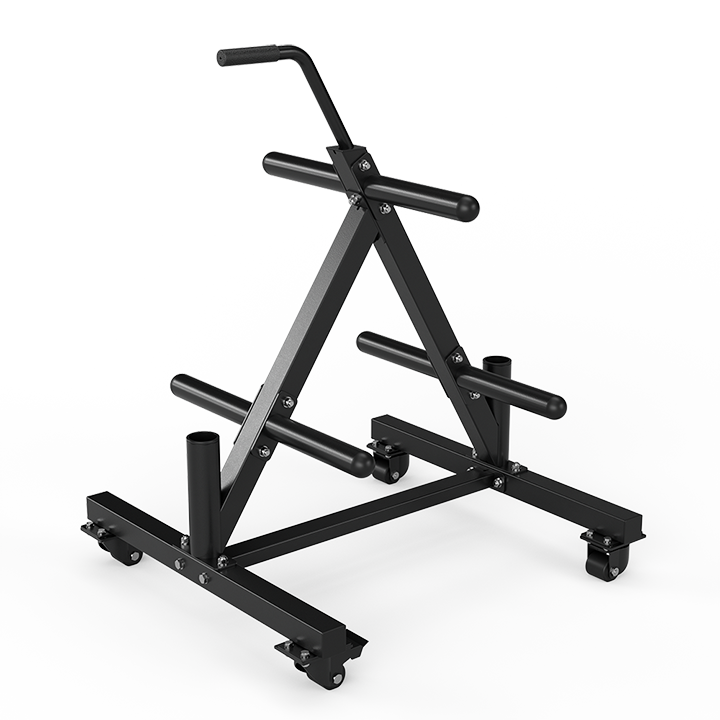





Leave a comment
This site is protected by hCaptcha and the hCaptcha Privacy Policy and Terms of Service apply.